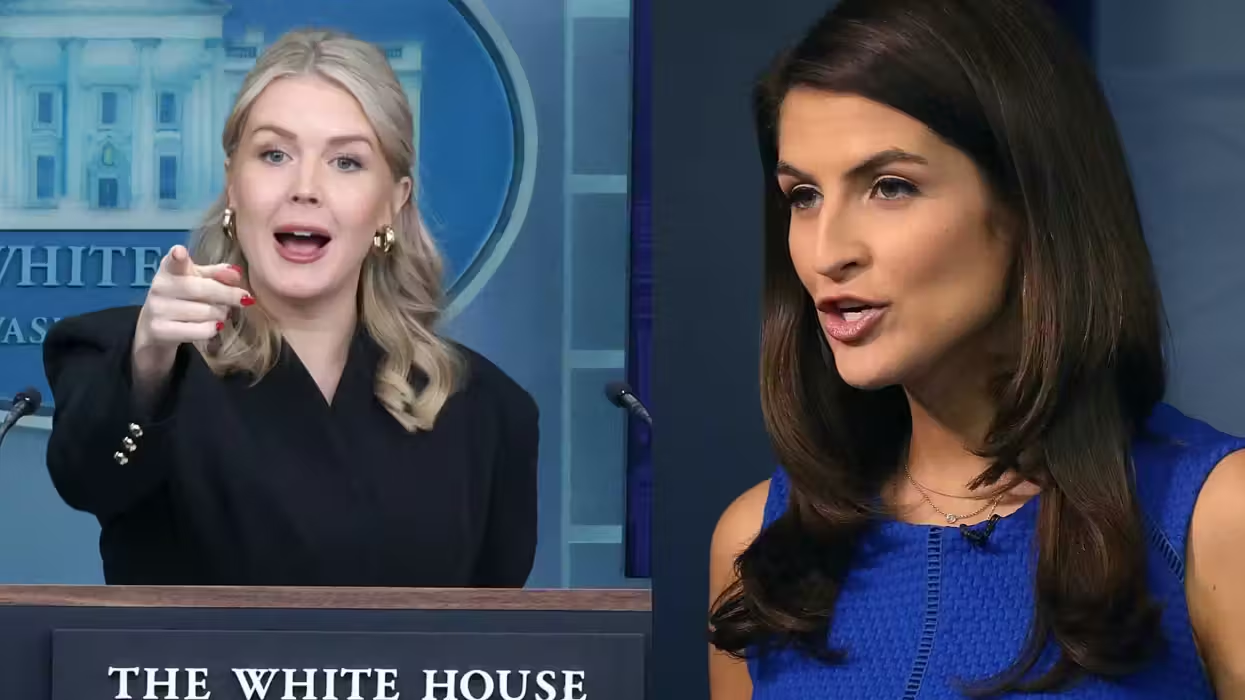
© 2025 Blaze Media LLC. All rights reserved.
The ban applies to general service incandescent light bulbs...but not these type of incandescents.
With the next phase of the government-mandated phase out of incandescent light bulbs just days away, die hard fans of the traditional yellow glow might not have to flock to their local store and purchase them by basket-full after all.
 The Newcandescent still fits within the federal phase out of traditional, incandescent light bulbs because it is considered "rough service." (Image source" Newcandescent)
The Newcandescent still fits within the federal phase out of traditional, incandescent light bulbs because it is considered "rough service." (Image source" Newcandescent)
When the federal ban on producing or importing incandescents of varying watts was passed under the Bush administration, Larry Birnbaum, carrying on the three-generation legacy of his family's New Jersey-based Light Bulb Store, saw an opportunity.
"100 [watts] are as rare as hens teeth, 75s are in the same direction and 60s, this time next year, most will be almost gone," said Birnbaum, who added his great-grandfather was friends with the incandescent light bulb inventor Thomas Edison.
"We’re addicted to color of incandescents, unless you were born yesterday," Birnbaum continued. "Your body is used to it. When you put on something different, the body reacts to it, and you get irritated."
With millions of people still supporting the use of incandescent bulbs, Birnbaum found a loophole in the Energy Independence and Security Act. The ban applies to general service incandescent light bulbs but not rough service incandescents.
While frequently used in automobiles, subway systems and other applications that require a heavy-duty, vibration-resistant bulb, rough service bulbs can still be used in a general application, according to Birnbaum.
The website Bulbs.com breaks it down this way: "Rough service lamps function identically to regular incandescent lamps, but generally have additional wire within the glass enclosure that serves to protect and support the filament." [emphasis added]
Birnbaum's company was one of two awarded a license to produce these bulbs in the country. After designing a bulb to meet the new specifications for rough service bulbs established in the law, the American-made Newcandescent was born.
Overall, they're "not any diff than bulbs over the years," Birnbaum said.
The Newcandescent bulb does, however, last 12 times longer than the traditional bulb.
"That's about 10,000 hours based on three hours of use per day," Birnbaum added.
Watch Birnbaum show off an original Edison-created incandescent bulb that's now a family heirloom:
In addition to providing the traditional look and feel (Newcandescents warm up like traditional bulbs and can be used in places like chicken coops), the Newcandescent is also safer than CFLs (compact fluorescent lights), according to Birnbaum. The Newcandescent website cites various side effects of CFLs including epilepsy, migraines, cancer and lupus.
But even Birnbaum, a die-hard fan of incandescents, thinks newer lighting technology is worth investing his time. He is working on developing an LED that gives off the look of an incandescent. Part of the challenge is making sure it is inexpensive compared to others on the market.
"We're trying to make it available to the average person," Birnbaum said.
"When you break it down it’s actually a lot cheaper than CFLS," he added of the current Newcandescent bulb.
Newcandescent bulbs range from $2.88 to $7.50. LEDs start around $10 and head up into the teens, while CFLs can be a bit cheaper or just as expensive as an LED, depending on a variety of factors.
Learn more about the Newcandescent bulb.
Featured image via Shutterstock.
(H/T: Fox)
--
[related]
Want to leave a tip?
We answer to you. Help keep our content free of advertisers and big tech censorship by leaving a tip today.
Want to join the conversation?
Already a subscriber?
more stories
Sign up for the Blaze newsletter
By signing up, you agree to our Privacy Policy and Terms of Use, and agree to receive content that may sometimes include advertisements. You may opt out at any time.
Related Content
© 2025 Blaze Media LLC. All rights reserved.
Get the stories that matter most delivered directly to your inbox.
By signing up, you agree to our Privacy Policy and Terms of Use, and agree to receive content that may sometimes include advertisements. You may opt out at any time.






